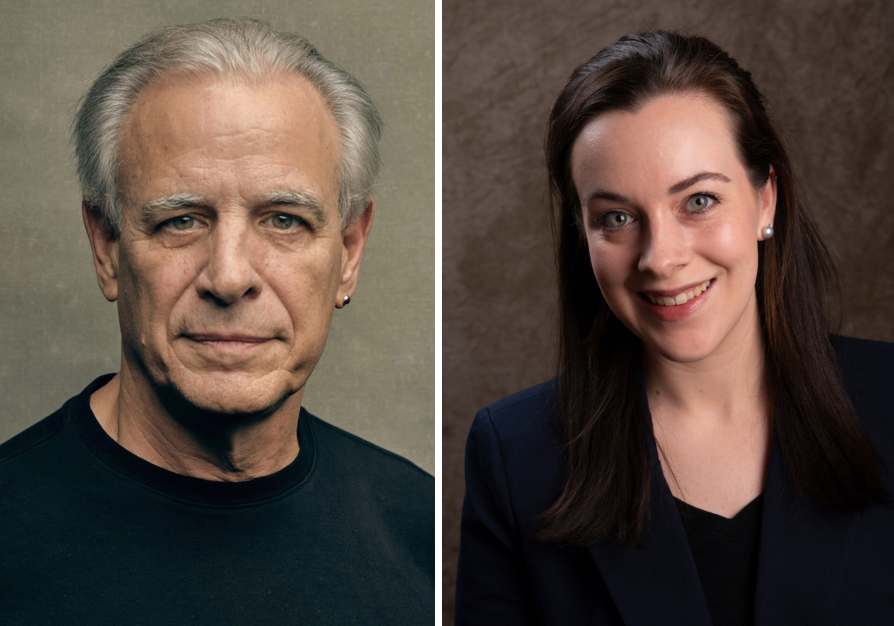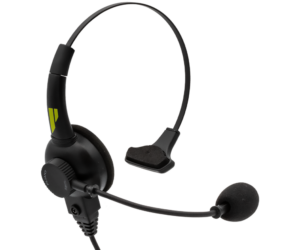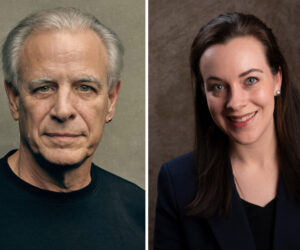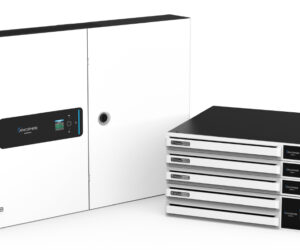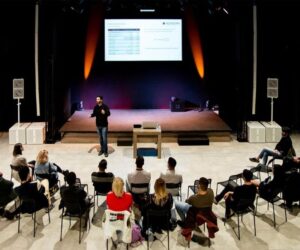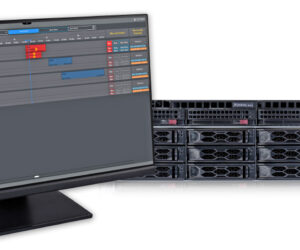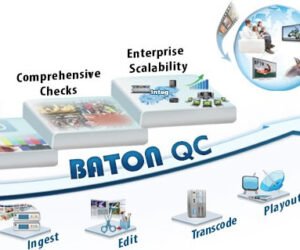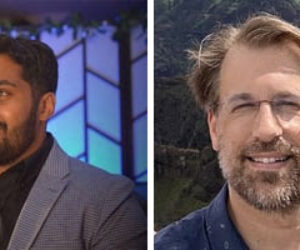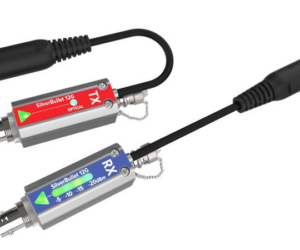Sensaphonics announced that it is a sponsor of the upcoming 2024 AES 4th International Conference on Audio and Music-Induced Hearing Disorders, slated for May 29 to 31 at Aalborg University Copenhagen Campus in Denmark, and it will also discuss two of its initiatives in hearing protection with examples of products that put its research into practice.
“Sensaphonics was created as a research and development company committed to controlling the damaging effects of loud sound, especially regarding hearing loss prevention for musicians,” says audiologist Dr. Michael Santucci, Au.D., Sensaphonics founder and president. “This conference series has contributed greatly to progress in hearing preservation. We look forward to once again conversing with and learning from the global leaders who share our mission.”
Santucci, chair of the AES Technical Council’s Hearing and hearing loss prevention committee, will be a presenter at the conference and also serves as its co-chair (he’s previously chaired two and co-chaired one of the conferences in the series). Sensaphonics research is funded by its role in the marketplace as a designer and manufacturer of custom-fitted earphones and electronics designed to achieve safe, high-resolution audio in applications ranging from music to aerospace.
“The World Health Organization (WHO) has warned that over 2.5 billion young people are at risk for permanent hearing loss from smartphones and concerts,” Santucci notes. “The user of earphones or headphones generally has no knowledge of or reference for the actual sound level presented to their ears.”
Ear canal sound level measurement has not been practical during musical performances. In Copenhagen, Santucci will talk about how Sensaphonics developed a tool, dB Check Pro, that’s designed to monitor and translate the voltage drive to in-ear monitors (IEM) or headphones into an SPL calculation. By deriving the power average SPL in a selected time period, the device can display not only instantaneous and average SPL levels, but the “safe” exposure times for both the OSHA and NIOSH standards.
In addition, the director of the Musicians’ Hearing Clinic at Sensaphonics, Dr. Shannon Switzer, Au.D., will be presenting on in-ear monitors (IEMs), which have become ubiquitous in live music performances, reducing or, in many cases, eliminating the use of stage monitors.
“IEMs are often touted as hearing protection devices,” says Switzer. “A potential benefit of IEM use for hearing health is a high degree of acoustic isolation from often high levels of on-stage sound, which allows the musician to listen to their monitor mix at lower, safer levels. However, for many musicians, this isolation makes them feel too disconnected from the audience, their bandmates, and even elements of their own instrument.”
As a result, Switzer adds, “many musicians develop a profoundly dangerous listening habit: removing one earphone to hear ambient sounds while leaving the other earphone in place to hear their mix.” In her AES conference session, “Breaking Bad (Listening Habits)” Switzer will share the potential dangers of the practice and a technological solution.
First deployed in 2006, Sensaphonics’ patented 3D Active Ambient technology embeds ambient microphones directly onto IEM earphones. This allows the listener to blend ambient and monitor-mix sound, eliminating the perceived need to pull out one IEM. Advances in the technology have resulted in additional Sensaphonics patents for the 3-Dimensional Music Enhancement IEM System (3DME) which offers a more nuanced control of the experience.
“Interestingly,” says Switzer, “we have discovered that many musicians are using the 3DME in an ‘off label’ fashion by listening through the mics alone without receiving a monitor mix. This means that 3DME can be used as active hearing protection by musicians whose listening needs have not included traditional IEMs. They could be musicians in orchestras or percussive ensembles or even individual musicians within bands whose other members use wedge monitors.”
The Bluetooth control app for the 3DME interface can also enable capabilities for musicians with hearing loss or injury. For listeners with severe to profound unilateral hearing loss, there is a Contralateral Routing of Signal (CROS) feature that can deliver a summation of binaurally received sound into the ear with better hearing. For musicians with hyperacusis, setting lower levels and engaging a built-in limiter prevents them from exposure to triggering levels and/or frequencies. EQ is available to address mild or moderate hearing issues.
The full program, venue and registration details are available at the 2024 AES 4th International Conference on Audio and Music-Induced Hearing Disorders event page.


